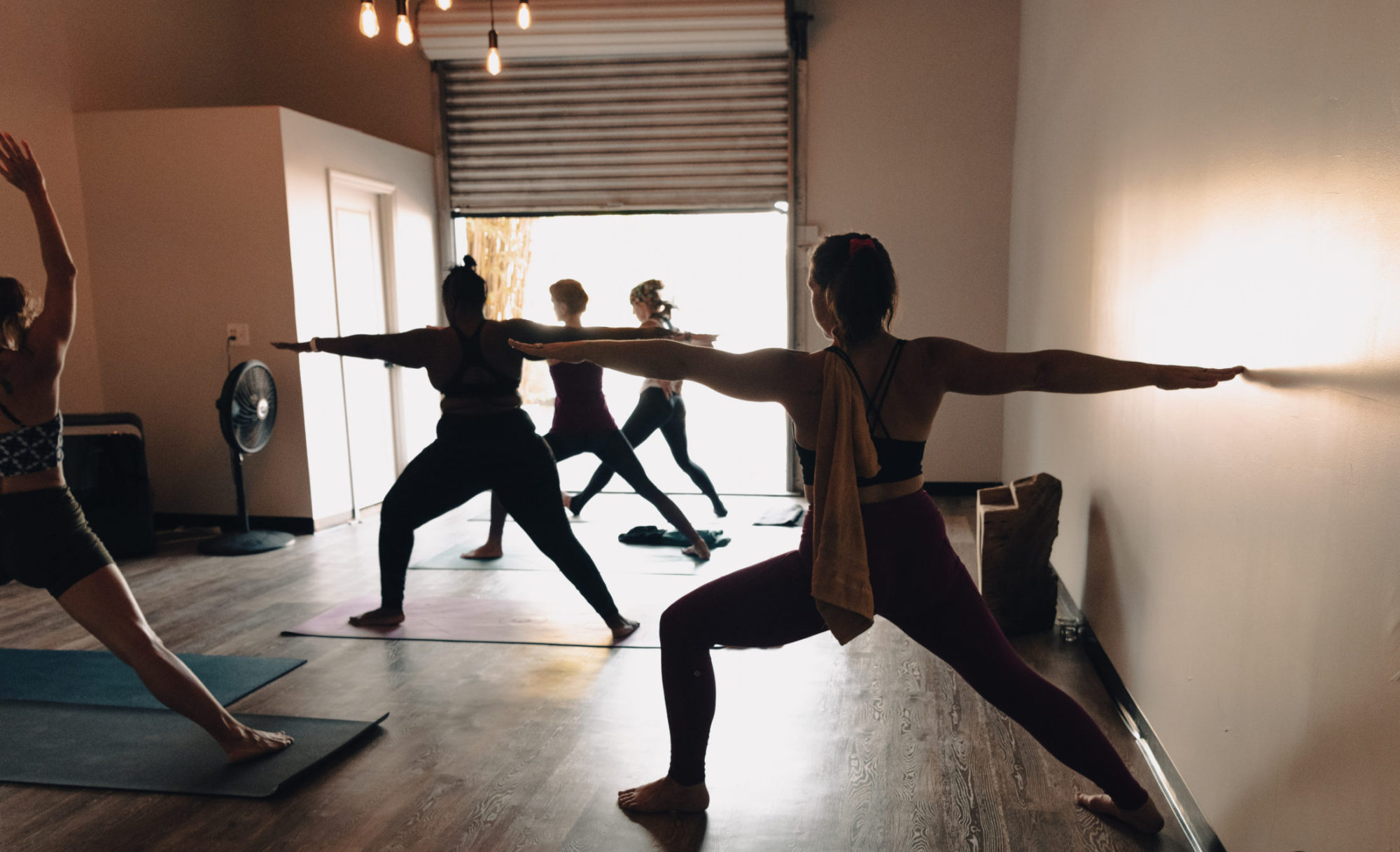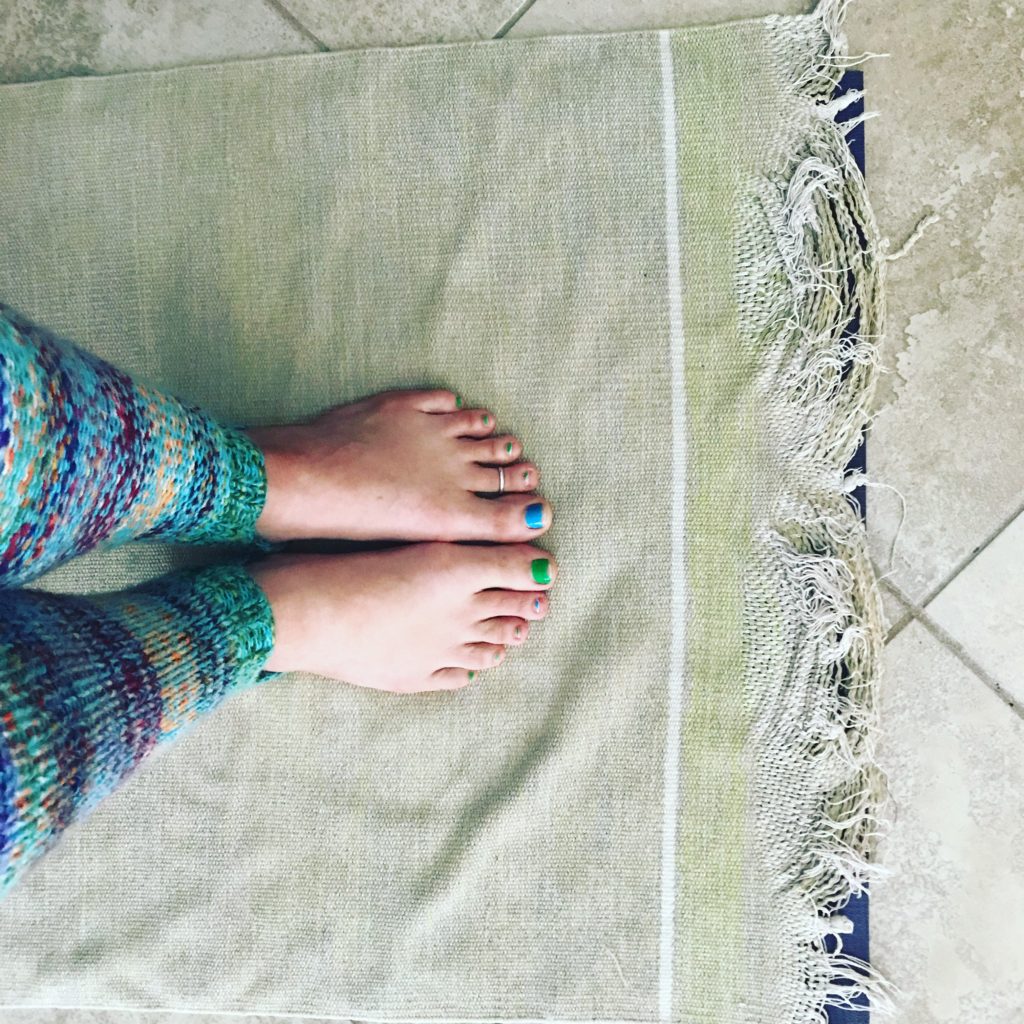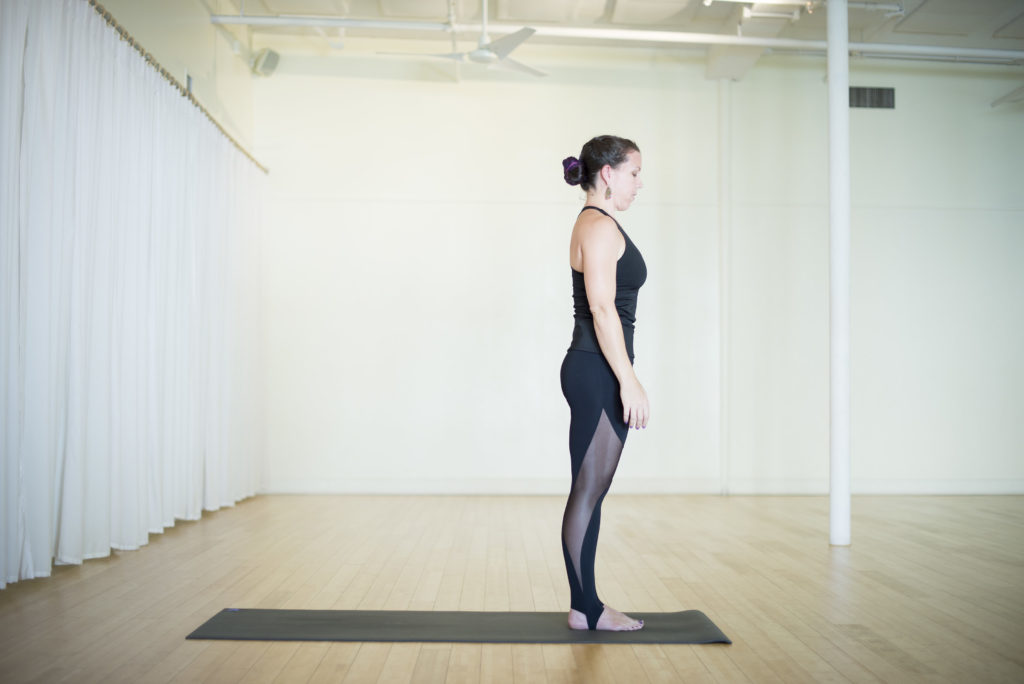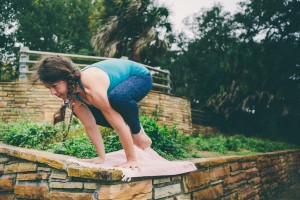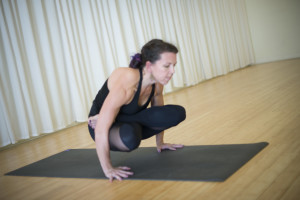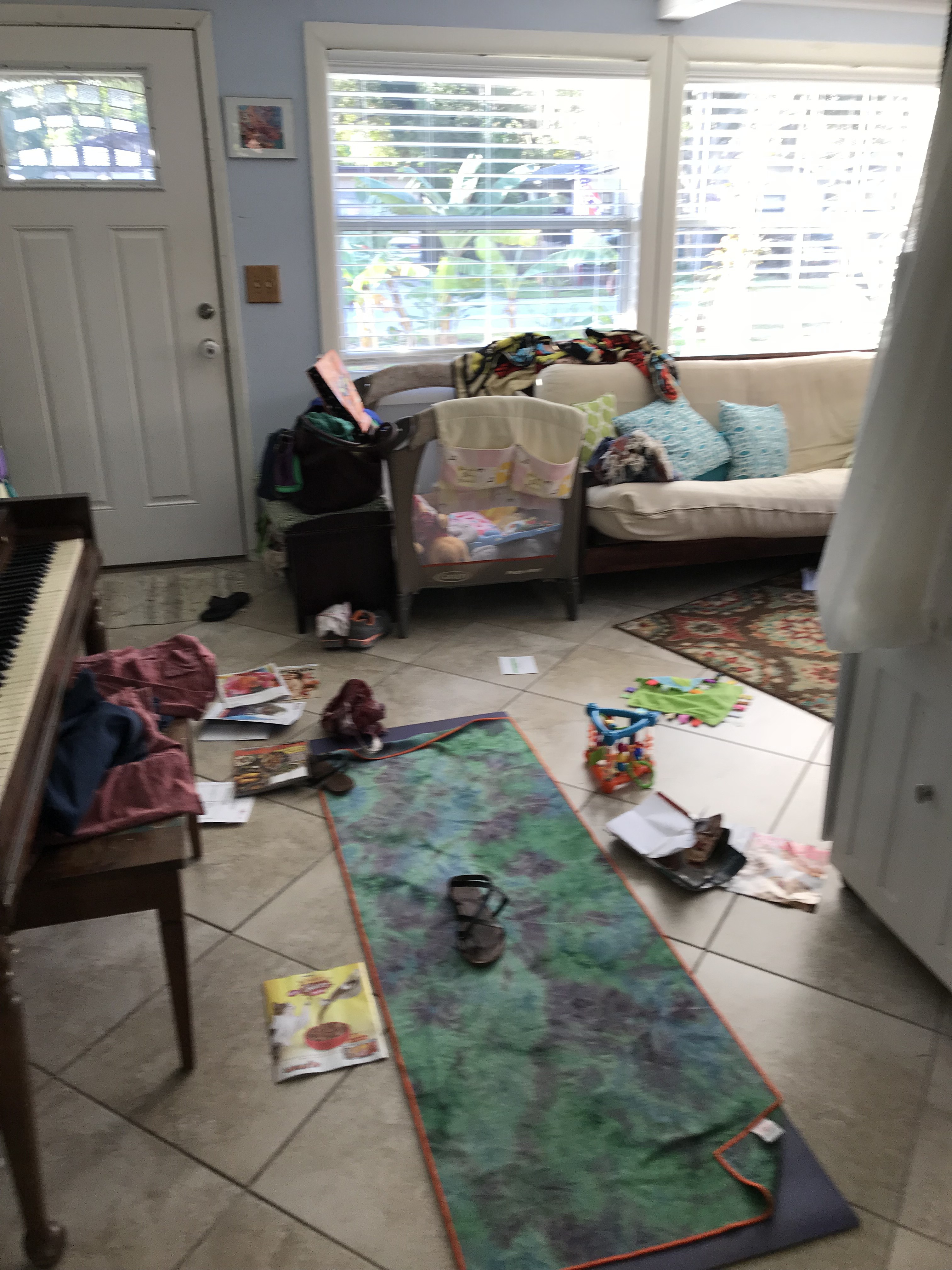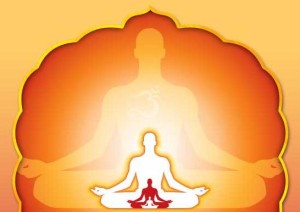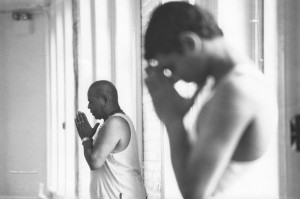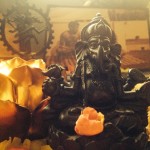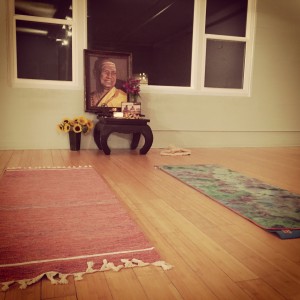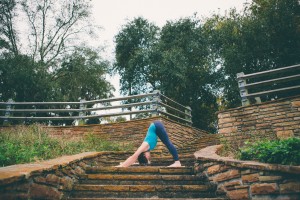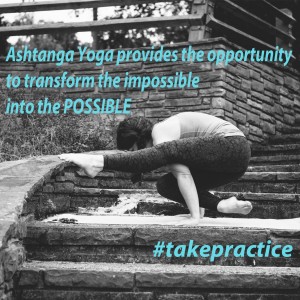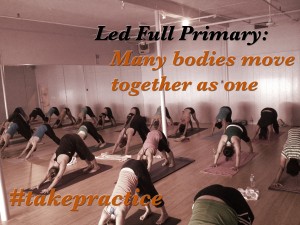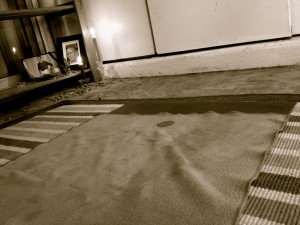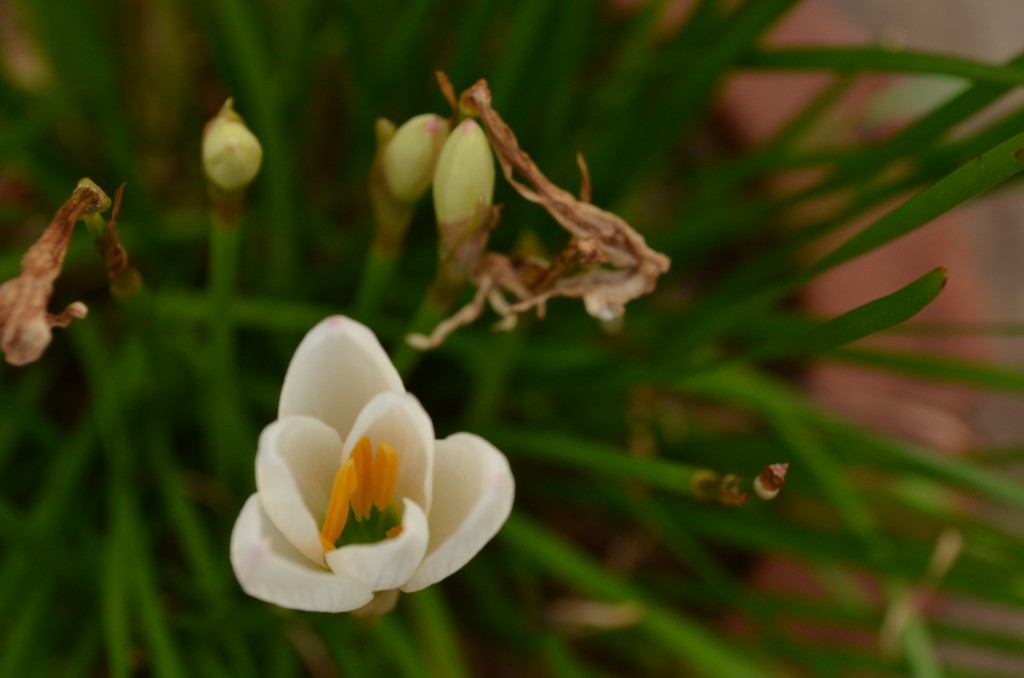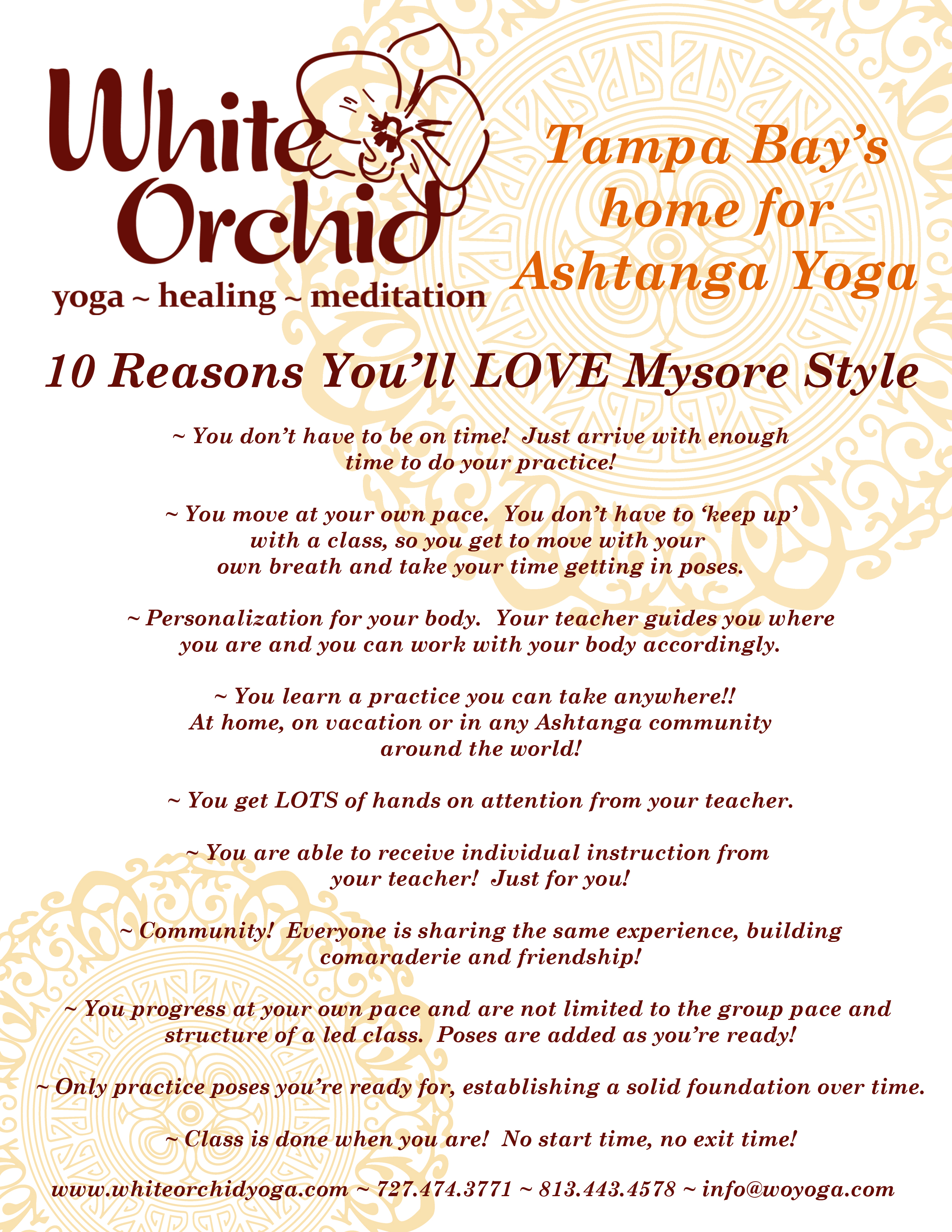by: Della Ruth Marsan
I returned home from Mysuru, India nearly 3 months ago. Some days it feels like it was a lifetime ago, other days it feels like it was just yesterday that I stepped off the plane and into my amazing husband’s arms. The 34 days I spent in India was life changing! It was liberating, emotional, humbling, FUN, and oh so spiritual. It was also a teeny, tiny bit scary… I had never traveled completely alone before, nor had I visited a developing country. When I landed in Bengaluru it was 2am, by the time I got to my taxi it was a little after 3am. Every woman knows the risk of being out alone at 3am and yet there I was; in a foreign country about to hop into a strange man’s car for a 3-4 hour drive without my cell phone working properly. What?! In that moment, I was truly questioning my decision to do this, what had I gotten myself into? Maybe it was the so called “Mysore Magic” or maybe it was the pep talk I gave myself, but once I realized I was committed because it was too late to turn back, I just KNEW I could do it and I would be perfectly okay. I am so glad I got into that cab.

I had the most amazing landlords, Drs. Hari and Sonya,they met me at my apartment when I arrived just after 6am and throughout my stay Sonya surprised me with home cooked meals, Indian clothing, suggestions on things to do and restaurants to try and those to stay away from. (I am convinced that because of her suggestions on places to eat I did not get sick the entire time, as nearly everyone I knew had a bout of “Delhi Belly”) Sonya even surprised me with a cake and had my housemates sing me Happy Birthday as I celebrated my 31st in India. The hospitality she showed me was like nothing I have ever experienced before, and it wasn’t just her! Nearly all of the locals I met were just as kind! From the clerks at the grocery store helping me pick out the best fruits, to the rickshaw drivers, namely Raju and Manju, who took me to the neatest places around Mysuru, (and told me places to stay away from). There were strangers helping point me in the right direction when I was lost, the Hindi Pujari who were willing to show me the customs of worshipping in their temples, and the disheveled woman on the steps of the Hanuman temple who helped me hide my offerings of fruits and vegetables so the monkeys wouldn’t steal them. (Funnily enough, one monkey ran off with one of my shoes and yet another did manage to steal one of the bags of fruits and veggies.) If you asked me what my most favorite part of India was, I would say the people. Not just because of their hospitality; I absolutely love their culture and how they live; doing more with less. At times I find our culture is excessive, especially after the time I spent in Mother India. I firmly believe it is possible to live happily without so much of, well, everything.
I was, and still am, very honored to have had the opportunity to practice at K Pattabhi Jois Ashtanga Yoga Institute, (KPJAYI) under the instruction of Sharath Jois. The discipline and respect Sharathji commands with nothing more than his presence is beautiful. This man has so much love for the practice his grandfather gave him and it shows on every level. To have had the opportunity to experience the practice of Ashtanga yoga, a practice that I am deeply passionate about, in the place where it began still blows my mind. It does not fall short on me how lucky I am to have been given this honor and I am deeply grateful.
Practicing in the shala with Sharathji was physically very hot, smelly, crowded and challenging all of which I found super enjoyable. Mentally, it was incredibly emotional and deeply personal. It’s hard to put into words the things I felt while on my mat at KPJAYI. Perhaps because they are things that are not meant to be shared, perhaps they are meant for ME to feel and continue to explore and discover. <3
One of the things I found special about studying with Sharath was Saturday Conference. Every Saturday after the Led Full Primary Class, (imagine breathing and moving in unison with hundreds of Ashtangis from over 60 countries – it is pure magic), all of us would gather at Sharathji’s feet as he taught invaluable lessons and told inspirational, (and often hilarious), stories. During one conference he spoke at length about finding “perfection in asana”, which I found to be a very interesting yet triggering topic as I’ve personally struggled with the meaning of perfection throughout my life. Once he was ready to take questions I mustered up the courage to ask “Sharathji, would you please define perfection?” I swear he stared me down for a solid minute, but I’m sure it wasn’t longer than three seconds, before he responded. He said: “Perfection is what your teacher tells you it is, listen to your teacher”. He then spoke about how perfection in each asana is up for debate but “it’s always for your teacher to decide” and then he closed the topic with “Also, if you are comfortable in each asana”. Man oh man did this answer give me SO much to think about! I still find myself trying to digest it, which I’m sure is exactly the point of his answer!
I mentioned before how my fellow practitioners were from over 60 different countries. This made for difficulties in conversation as many of us could not verbally communicate with each other. Yet we all had something so extraordinary in common: we speak the language of Ashtanga Yoga. We could understand each other through the compassionate glances we shared as we hustled to our spots, we could understand each other through the tears we shed in the changing room, we could understand each other as we nervously giggled after accidently encroaching on our neighbor’s mat, we could understand each other through our breath. Even those of us who are able to have conversations with each other have completely unique backgrounds and experiences. I met some beautiful humans who are going through things that I could not possibly understand, yet we are able to connect because of something that is life changing and fulfilling to each and every one of us. This is the magic of Yoga and just one of the many reasons I am so in love with it.
I would like to share something that I think I began to truly understand while wholly submerging myself in the magic of India. It is the sentiment that WE, (all living beings), are connected. We are ONE with the Universe! Each and every one of us has a Divine spirit within our amazing and unique self. I witnessed this many times in India in ways I could both see and feel. It’s absolutely beautiful and I am forever grateful to have been given the chance to discover this firsthand!
Would I go back to India? Absolutely. I would never trade my first experience of Mysuru, India for anything, except for maybe a second. 🙂
